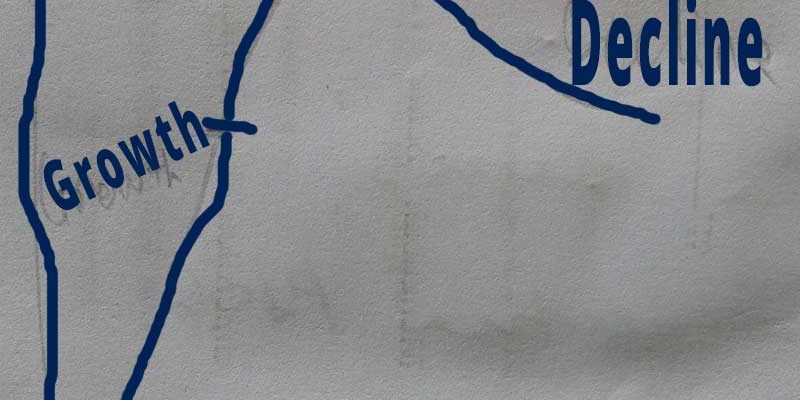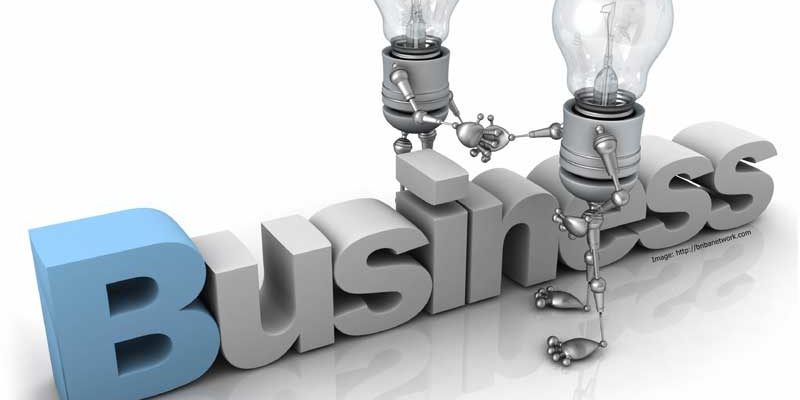
Daur hidup bisnis merupakan aturan yang harus dipegang teguh oleh para pebisnis. Daur hidup bisnis berfungsi sebagai pengatur tempo setiap keputusan yang akan diambil oleh manajemen. Segala resiko dan tanggung jawab bisnis akan gagal apabila tidak sesuai dengan hidup bisnis.
Fase Daur Hidup Bisnis
Daur hidup bisnis ada 4 tahap. Setiap tahap memiliki kehususan dan tantangan yang beragam. Semua pebisnis sukses mampu melewati hal ini lebih dari sekali. Adapun tahapanya antara lain:
1. Establishment / Pembentukan
2. Growth / Pertumbuhan
3. Maturity / Dewasa
4. Post-Maturity / Masa Tua
Establishment / Pembentukan
Ini merupakan tahap kelahiran bisnis. dimana belum ada profit sama sekali. Pemiliki bisnis akan mengeluarkan semua uang dan waktunya untuk menyiapkan bisnis supaya tumbuh (growth). Di tahap ini, bisnis sangatlah rapuh mulai dari faktor internal dan external akan memberikan dampak yang besar untuk kelangsungan binsis.
Tujuan dari pembentukan bisnis tiada lain untuk mempersiapkan dasar supaya bisnis dapat stabil sehingga dapat menguntungkan. Dibutuhkan perencanaan yang matang dalam tahap ini supaya dapat memberikan keberhasilan yang tinggi.
Growth / Pertumbuhan
In this phase, the business is continually gaining regular customers. Sales should be increasing every week and cash flow is almost always positive. In the case of a small business; there is likely to be between 10 and 15 employees working on a consistent roster.
With growth comes complexity, responsibility and a need for long term planning. Advertisement is important during both establishment and growth, as is the need to make investments in relevant equipment or employees to ensure a good reputation. Owners must be careful not to expand faster than their business can adapt to the changes.
Maturity
Maturity begins when sales come to a Plato. The business is thriving with a good customer base and regular cash flow. Its now that a more formal, detailed approach towards planning should take place. During growth, it is more important to make quick decisions with a good chance of success. Now the rate of change has slowed; more detailed long term plans can be made.
It may be wise to re-evaluate the businesses mission and vision statements to match when the business is now. There is a good chance they will have changed since establishment; assuming the owner has been flexible to ensure success.
The goal at maturity is simple. To maintain profits at pre-existing levels. Your king of the hill, now you have to monitor your business to ensure you stay there. Marketing and financial management are center to this. A good example is McDonald’s. I don’t even have to state that it’s a fast food restaurant chain, because you know what it is. The majority of the worlds 6+ billion people have at least some idea what it is. The same goes for Coca-Cola.
What these two companies have in common is a consistency in both their marketing, and their advertisement. Despite their popularity, they still flood the market to ensure they stay number one in their domain and in the minds of their consumers. Personally I don’t morally like this marketing strategy, or the tricks of marketing at all. Hence why I keep a broom length between myself and the study where possible. However, I cant deny the fact that it works and it works well. Make sure no one forgets your there and your what they want.
Finances need to be monitored for one reason above all others. The numbers show you trends. Downward trends, upward trends, fluctuating trends. Where are your profits heading? This is your pre-warning to where you are headed in post maturity; allowing you to find out why, when and how to change it.
Post-Maturity
The final stage consists of three possible outcomes
Renewal: New areas of growth cause increased sales and profits
Steady State: A continuing state of maturity.
Decline: Profits begin to fall as a result of poor management; often a direct result of a drop in sales or excess expenses.
Renewal
Often a direct result of new markets being tapped to create new areas of growth, expanding the reach of products and services the business provides.
Steady State
To maintain a steady state, focus should be on what existing customers are currently demanding. This requires market research for accurate results. A steady state stops expenditure on research and development required for renewal. Be warned, a steady state cannot be maintained forever and will fall into decline if not forced into renewal.
Decline / Bangkrut
Decline is difficult to reverse for the following reasons
Financial institutions are reluctant to lend money to high risk businesses
Suppliers will restrict credit facilities and may insist on cash payments
Products may have become obsolete
Well qualified employees may begin to leave to seek out better opportunities, without a strong workforce, the rate of decline increases.
The trick is to spot possible decline and prevent it before it manifests itself.
sumber: https://toughnickel.com/business/The-Business-life-cycle-Establishment-Growth-Maturity-Post-Maturity





